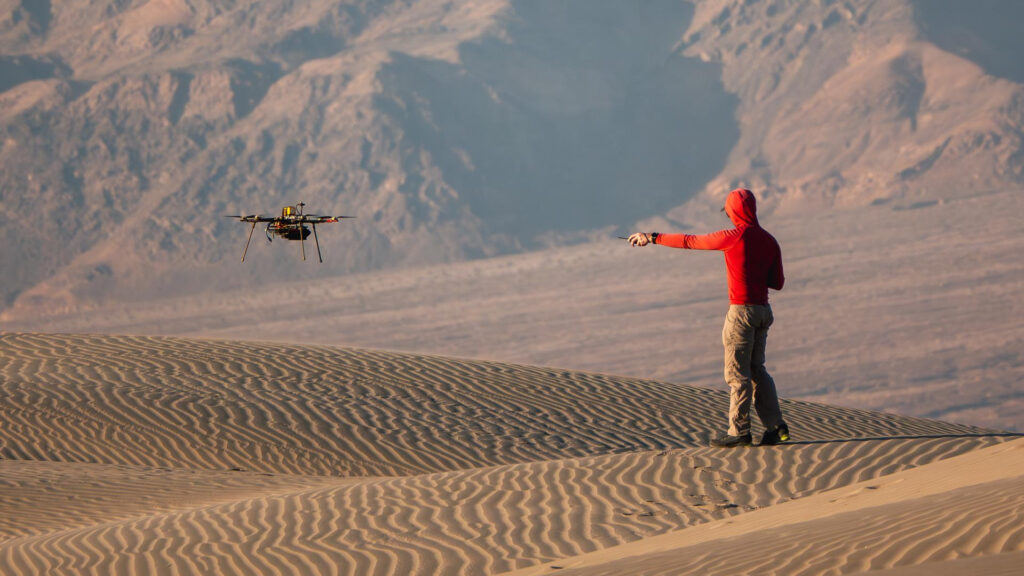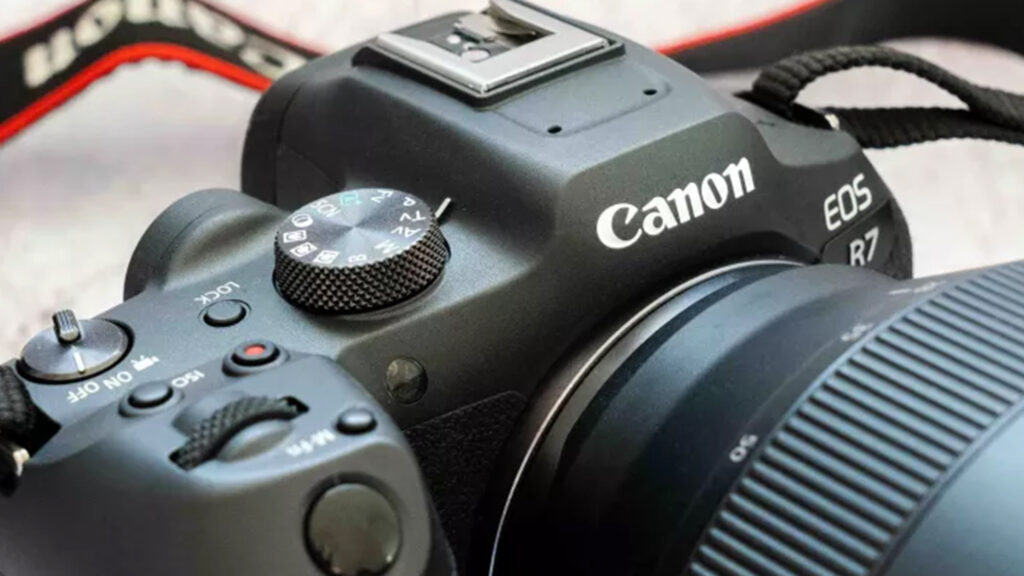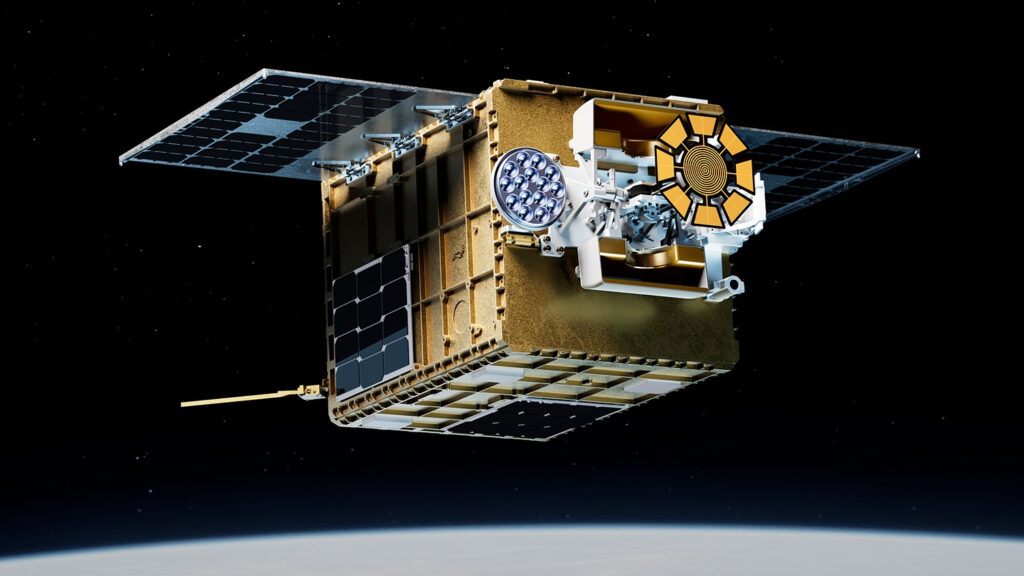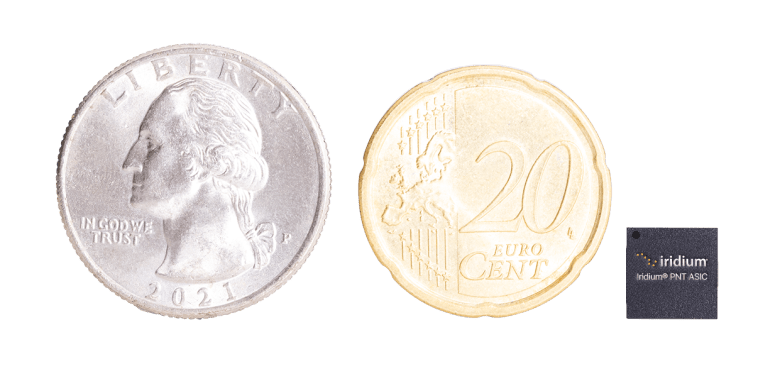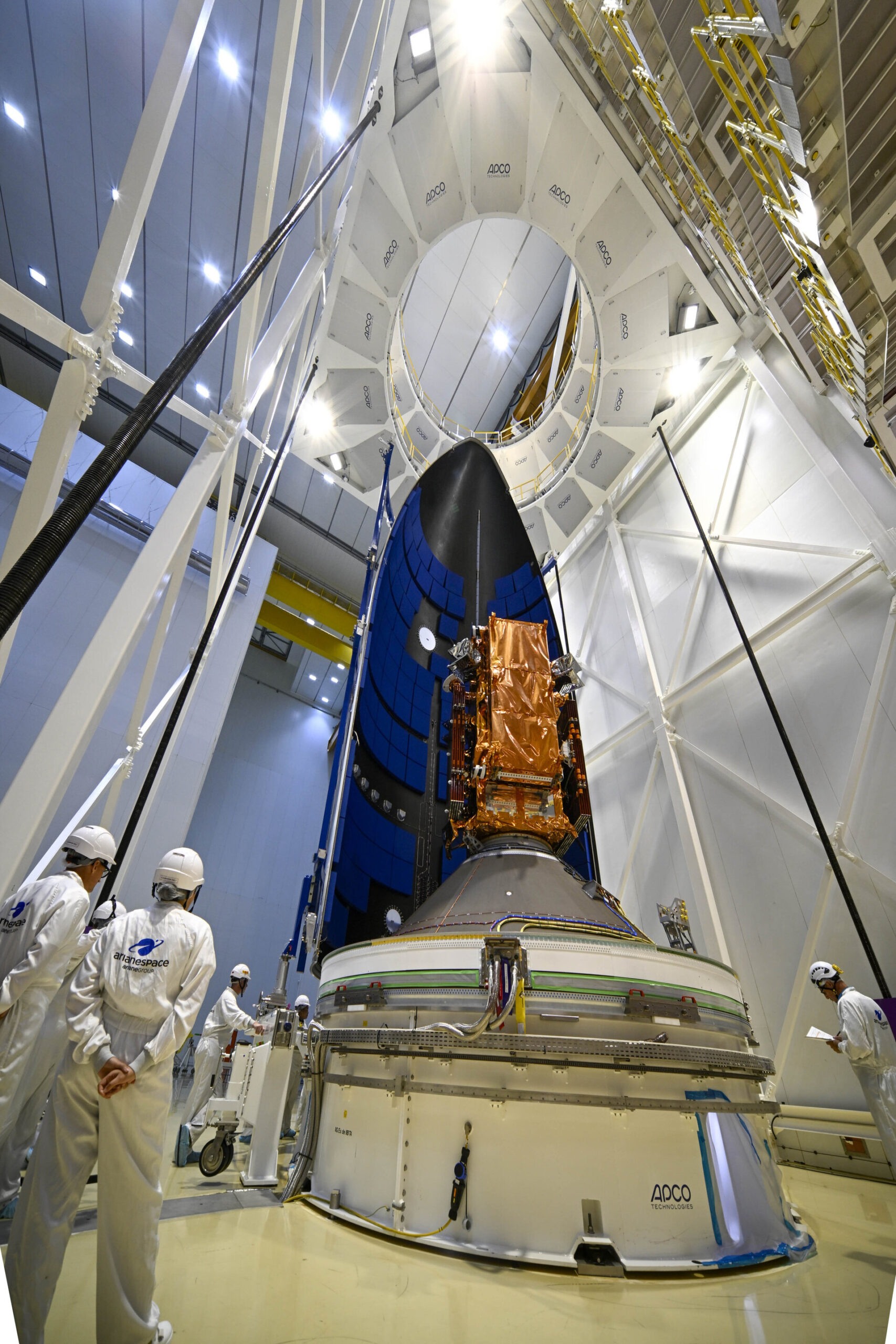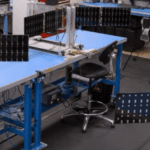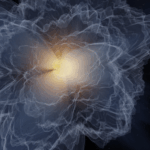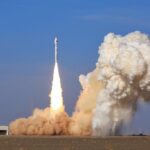Now Reading: ESA’s lunar lander on a simulated moon | Space photo of the day for Oct. 27, 2025
-
01
ESA’s lunar lander on a simulated moon | Space photo of the day for Oct. 27, 2025
ESA’s lunar lander on a simulated moon | Space photo of the day for Oct. 27, 2025
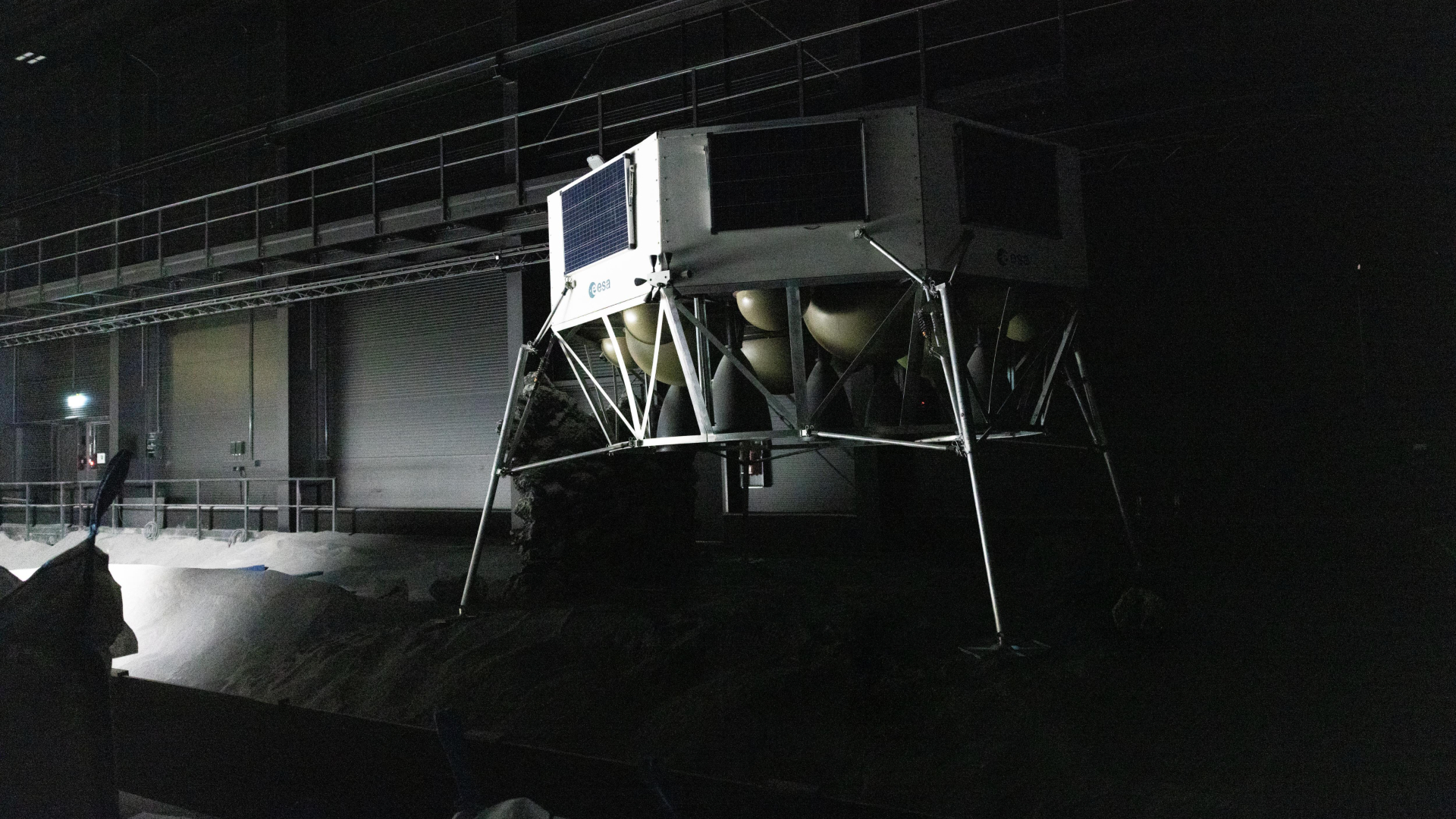
The European Space Agency (ESA) is entering a bold new phase of lunar exploration, setting its sights on establishing a sustainable and independent European presence on the moon. Building upon decades of international collaboration and innovation, ESA’s lunar ambitions focus on supporting robotic and human missions as part of the global effort to return to the lunar surface in the coming decades.
Central to Europe’s efforts are two major initiatives: the Argonaut lunar lander and LUNA, a lunar simulation and training facility.
What is it?
Argonaut is ESA’s dedicated lunar lander program, Europe’s planned autonomous, versatile and reliable transport system to the moon. The Argonaut will deliver up to 1.6 tons (1.5 tonnes) of cargo to virtually any location on the lunar surface.
The lander’s cargo will include essential supplies for the astronauts, food, water and oxygen, along with scientific instruments, communication systems, power generation units and even rovers.
Unlike the Apollo missions of the past, Argonaut is being designed to survive the two-week lunar night, when temperatures plummet to -274 degrees Fahrenheit (-170 degrees Celsius).
Where is it?
This image was taken in the LUNA facility near Cologne, Germany.
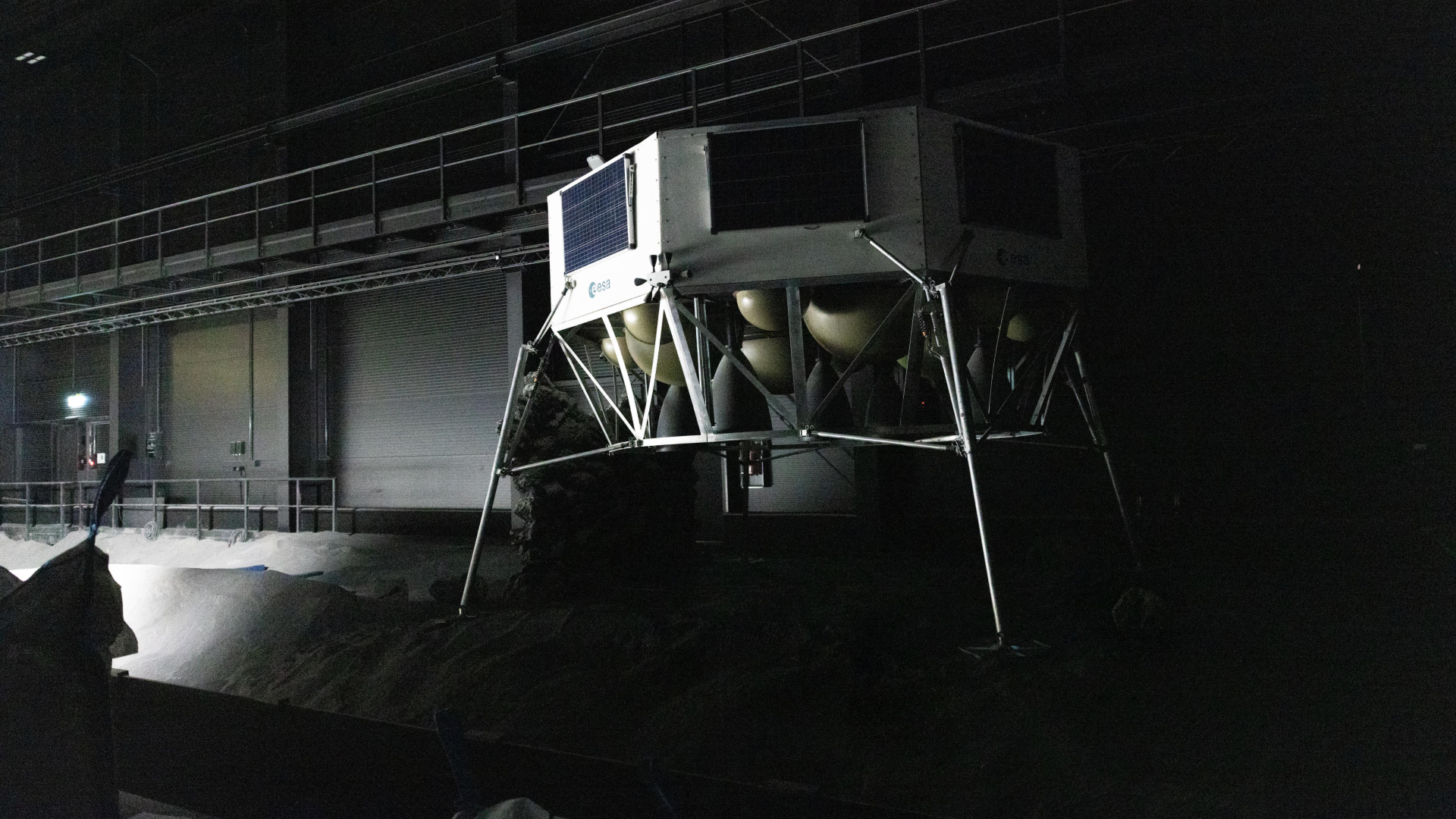
Why is it amazing?
To test the robustness of Argonaut, the ESO and German Aerospace Center (DLR) established LUNA, an advanced lunar analog facility in Germany. This “moon on Earth” serves as both a research laboratory and astronaut training ground, designed to mimic many of the extreme conditions found on the surface of the moon.
The deep floor of the LUNA testbed allows for sampling and drilling up to nine feet (three meters) below the surface, enabling scientists and engineers to test technologies for resource extraction, mobility and construction. The facility also replicates the moon’s intense sunlight, harsh shadows and dust-laden environment, providing a realistic setting for testing equipment like Argonaut.
Want to learn more?
You can learn more about lunar simulations and lunar landers.
Stay Informed With the Latest & Most Important News
Previous Post
Next Post
-
 012024 in Review: Highlights from NASA in Silicon Valley
012024 in Review: Highlights from NASA in Silicon Valley -
 02Panasonic Leica Summilux DG 15mm f/1.7 ASPH review
02Panasonic Leica Summilux DG 15mm f/1.7 ASPH review -
 03From Polymerization-Enabled Folding and Assembly to Chemical Evolution: Key Processes for Emergence of Functional Polymers in the Origin of Life
03From Polymerization-Enabled Folding and Assembly to Chemical Evolution: Key Processes for Emergence of Functional Polymers in the Origin of Life -
 04How New NASA, India Earth Satellite NISAR Will See Earth
04How New NASA, India Earth Satellite NISAR Will See Earth -
 05And Thus Begins A New Year For Life On Earth
05And Thus Begins A New Year For Life On Earth -
 06Astronomy Activation Ambassadors: A New Era
06Astronomy Activation Ambassadors: A New Era -
07SpaceX launch surge helps set new global launch record in 2024












